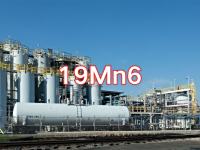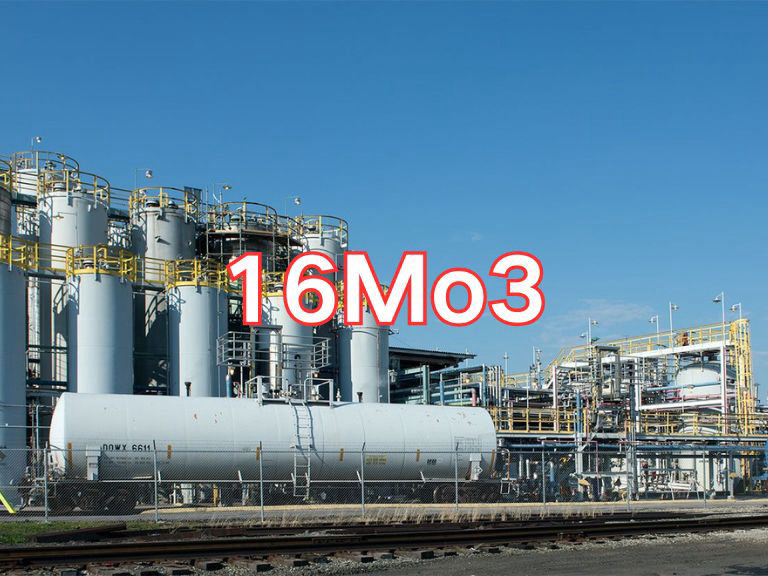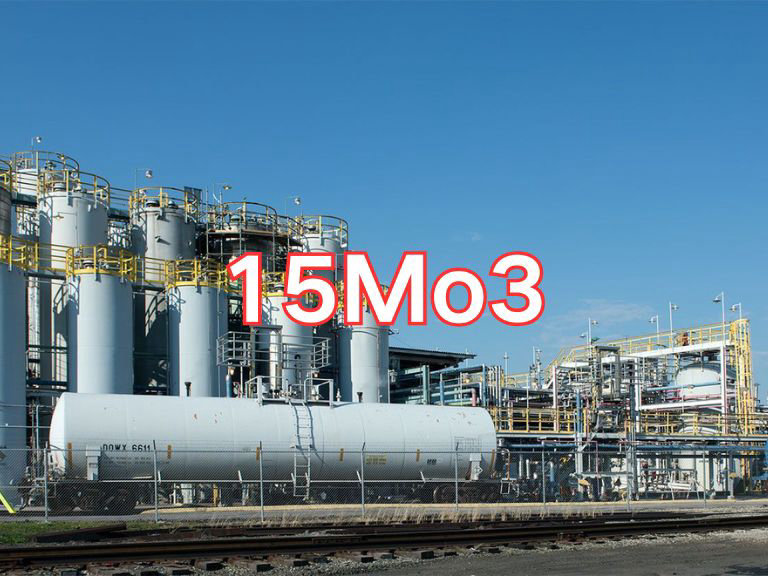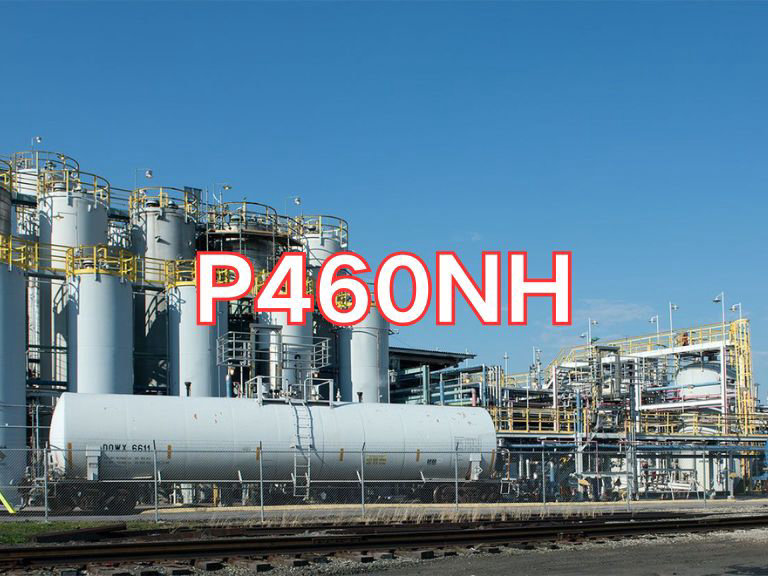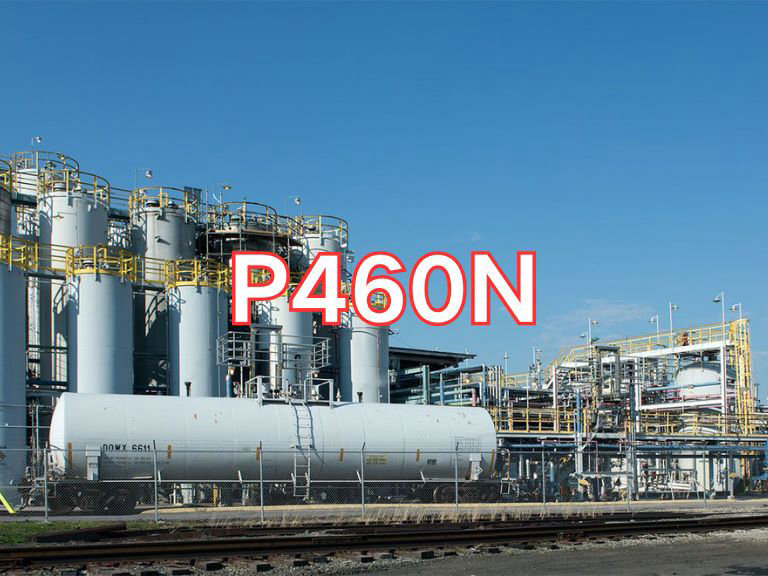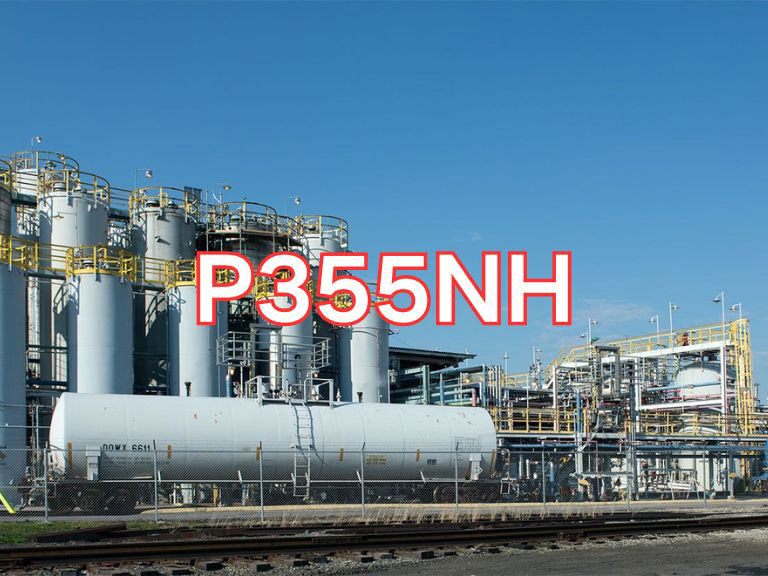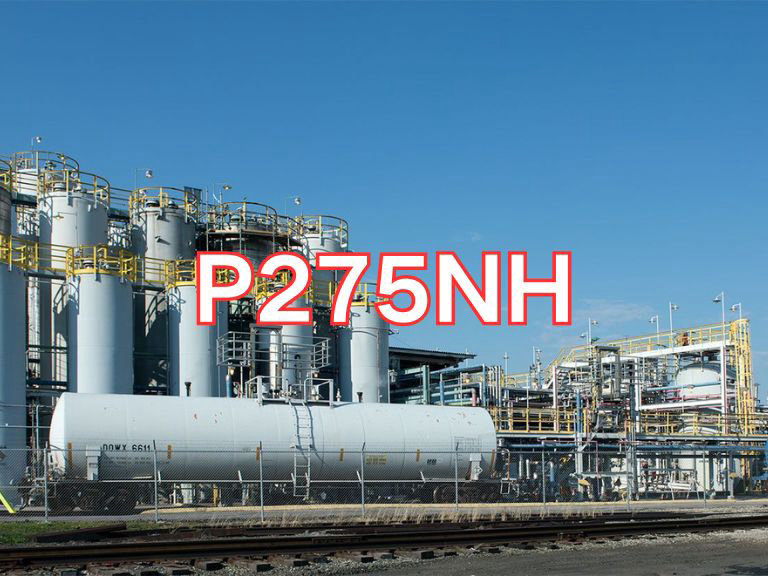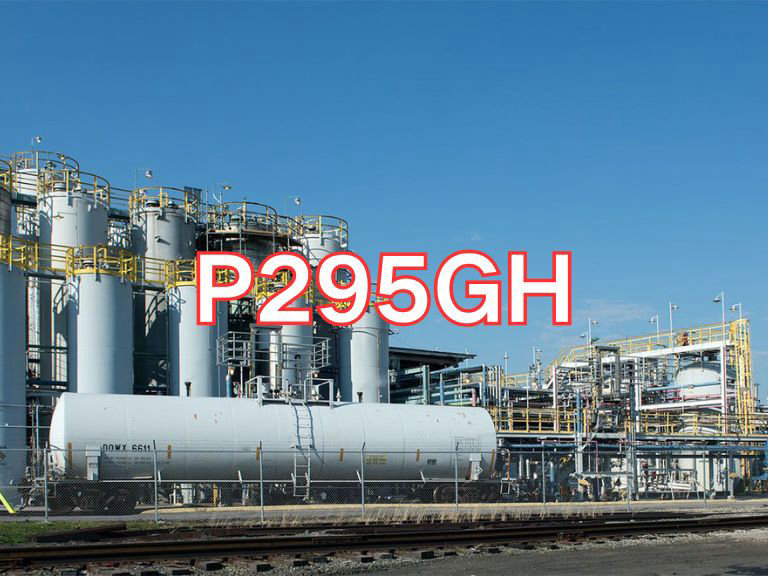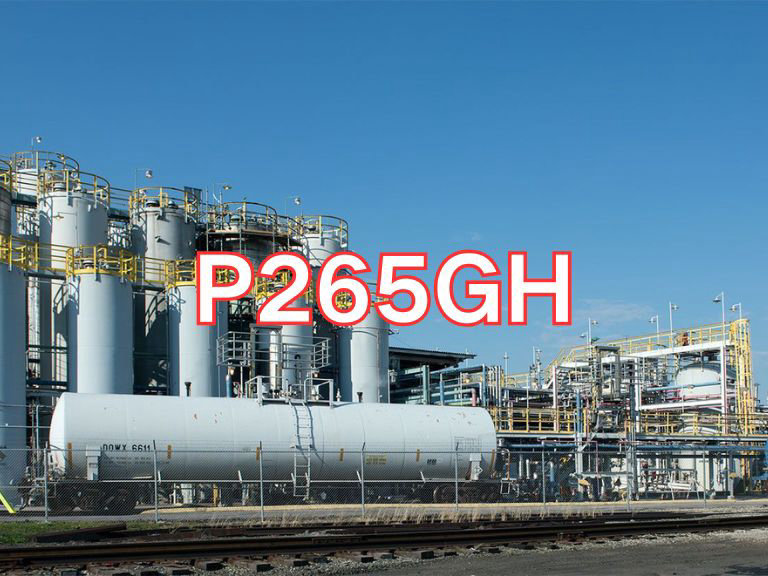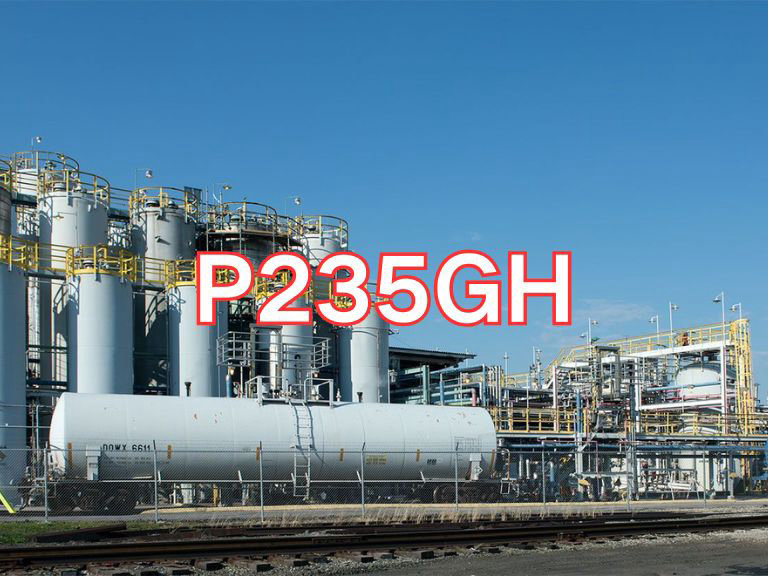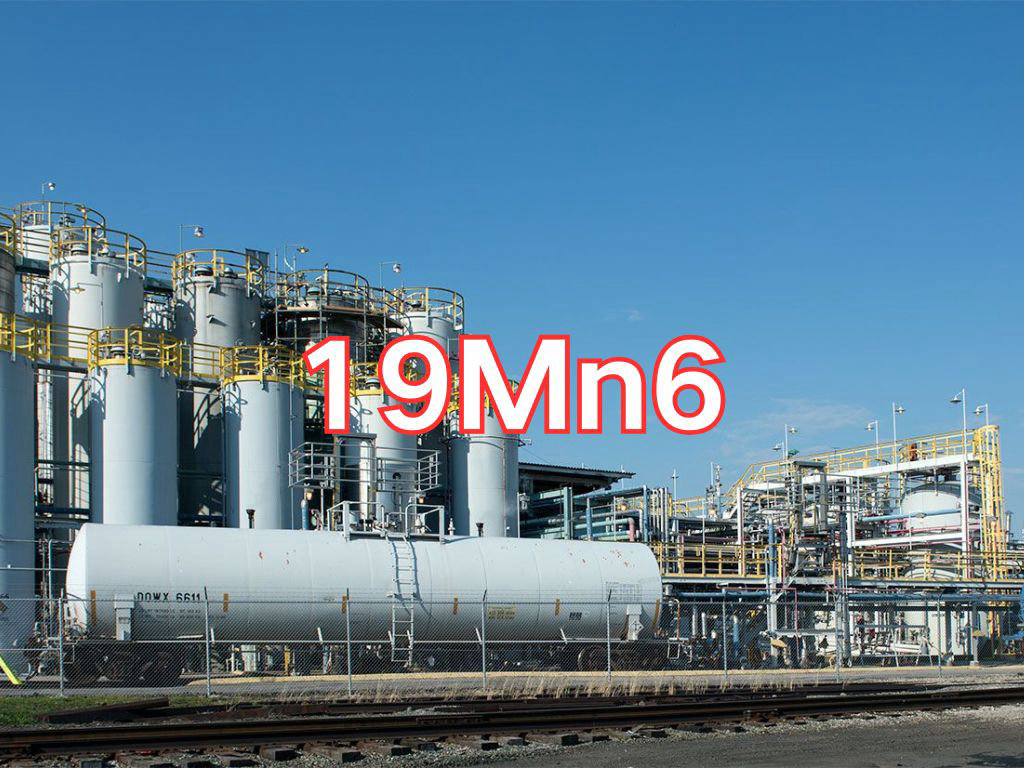

19Mn6
19Mn6 is a medium-carbon manganese steel plate whose name originates from the former German industrial standard (DIN) nomenclature. "19" indicates an average carbon content of approximately 0.19%, "Mn" stands for manganese, the primary alloying element, and "6" denotes a manganese content of about 1.4%–1.8%. Thus, 19Mn6 is a typical medium-carbon, high-manganese steel with good strength, toughness, and weldability, widely used in boiler and pressure vessel manufacturing.
It is primarily employed in medium-temperature and medium-pressure applications, such as boiler heating surfaces, headers, piping, pressure vessel shells, and power plant equipment. With its balanced performance, 19Mn6 is suitable for service temperatures up to 400 °C and is commonly found in conventional thermal power plants, industrial boiler systems, and non-extreme pressure equipment in the petrochemical industry. In Europe, 19Mn6 was once a mainstream boiler steel grade and remains prevalent in imported equipment or technology transfer projects.
Key features of 19Mn6 include moderate strength—minimum yield strength typically not less than 355 MPa and tensile strength ranging from 510 to 680 MPa—good ductility and impact toughness (ensuring sufficient energy absorption at 0 °C or -20 °C), excellent weldability (requiring little or no preheating and often post-weld heat treatment-free under certain conditions), and strong formability for rolling, bending, and stamping.
Currently, 19Mn6 is standardized in China under GB/T 713-2023 "Steel Plates for Boilers and Pressure Vessels." In this standard, 19Mn6 corresponds to the domestic grade "Q355R (Mn)," with aligned chemical composition and mechanical properties. Published in 2023, GB/T 713-2023 replaces GB/T 713-2014 and enhances technical requirements, inspection rules, and delivery conditions (typically normalized or thermomechanically rolled). This standard facilitates domestic production and international compatibility, ensuring safety and reliability in boiler and pressure vessel applications.

Ultrasonic Testing (UT)
A key non-destructive testing technique that uses high-frequency sound waves to detect internal flaws in steel plates. The probe emits sound waves, which reflect when encountering defects such as cracks or inclusions. The receiver captures the echoes, enabling precise determination of defect location and size. With high sensitivity, strong penetration, and fast inspection speed, UT effectively ensures internal quality, widely used in the production of heavy plates, pressure vessel plates, and other high-end products to guarantee safety and reliability.

Magnetic Particle Testing (MT)
A common surface inspection method that magnetizes the workpiece, causing leakage magnetic fields at surface or near-surface defects like cracks or inclusions, which attract magnetic particles to form visible indications. Simple to operate and highly sensitive, MT is suitable for rapid inspection of surface and near-surface flaws in ferromagnetic materials, widely used for online or offline inspection of plate edges, ends, and welds, ensuring product quality and safety.

Penetrant Testing (PT)
A non-destructive method for detecting surface-breaking flaws. A penetrant liquid is applied to the cleaned steel surface, allowing it to seep into defects such as cracks or pores. After removing excess penetrant, a developer is applied, causing the trapped penetrant to bleed out and form visible indications. Simple and cost-effective, PT is suitable for inspecting surface defects in various non-porous materials, commonly used for welds, castings, and complex components, effectively ensuring surface quality of steel plates.

